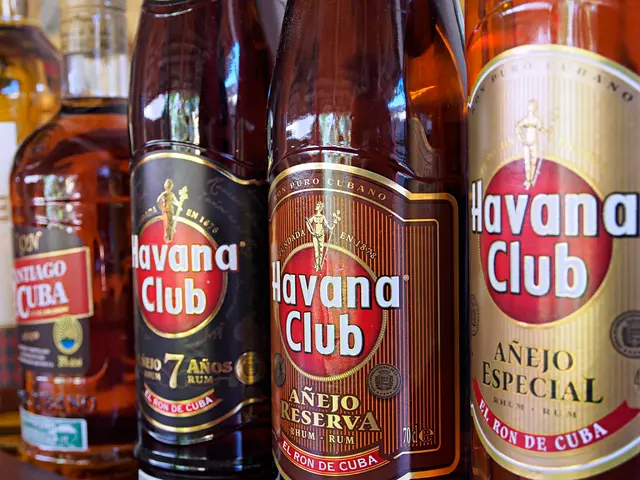Rolling Up Our Sleeves for the Future: Addressing Blood Donation Among Younger Generations
Funded with canned goods, yet uncertain about future blood donations? - Essential canned goods granted, yet the question remains: Who will donate blood in the times to come?
The question of blood donation among the younger generations, particularly millennials, loomslarge in the face of baby boomers slowing down on their contributions. As we navigate this shift, various factors and strategies are emerging to fill that gap:
The Changing Landscape
- Fading Footsteps of the Past: Baby boomers have been a staple of blood donors, but as they age and their donation rates drop, there's a growing necessity for younger folks to step up.
- Education and Involvement: Raising awareness and engaging the younger demographic is crucial. Organizations like America's Blood Centers are on a mission to emphasize the importance of blood, encouraging donations through digital campaigns and initiatives like World Blood Donor Day.^1
- National Prioritization: Blood Advocacy Week, supported by more than 100 organizations, seeks to push blood supply onto the national agenda. It promotes policies fostering blood availability for emergencies and procedures.^2
Empowering Younger Donors
- Digital Revolution: Tapping into digital platforms and social media can help amplify the message of blood donation and reach the younger audience.
- Streamlining the Process: Removing barriers to donation, like updating licensing for new donation sites and modernizing testing processes, can make the donation experience smoother for younger generational donors.
- Knowledge is Power: Integrating blood donation education in schools and hosting community events can instill a culture of regular donation among the younger age groups.
Forging Ahead
- The Future of Artificial Blood: Japan's clinical trials in 2025 for artificial blood may mark a new beginning, but this technology still has a long way to go before human blood donations become obsolete. ^4
- Blooming Market: The global blood banking market is projected to flourish, driven by rising demands for medical procedures and surgeries.^5
In conclusion, while the call for younger donors grows louder, initiatives aimed at raising awareness, modernizing donation processes, and integrating education are ongoing. The dawn of artificial blood and a growing demand for blood services underscore the importance of regular blood donations across all age groups. But remember, even with advancements, the human touch still matters. So let's join hands and ensure a brighter future for those in need.
- To ensure a sustainable blood supply for younger generations, it's essential to implement community policies that promote awareness and education about blood donation, focusing on digital platforms, schools, and events to instill a culture of regular donations.
- As the global health-and-wellness sector evolves, embracing fitness-and-exercise, mental-health, and scientific advancements, integrating blood donation as a key aspect of corporate social responsibility can help foster a culture of giving among millennials and future generations.






